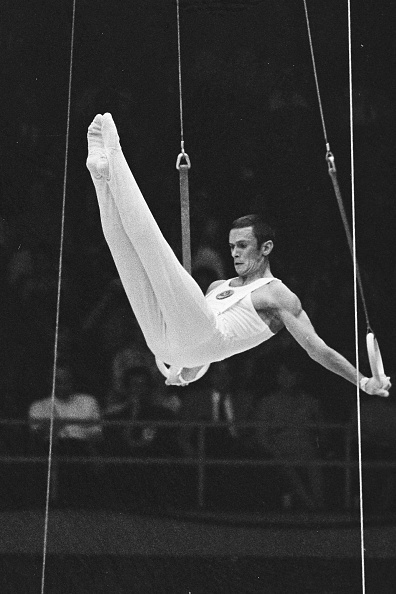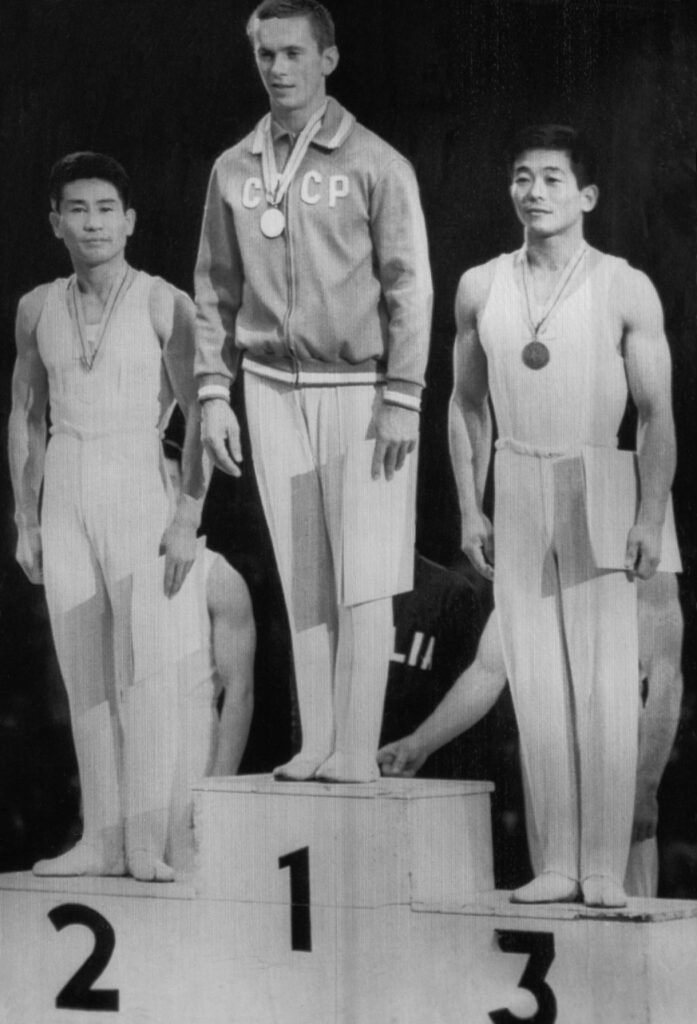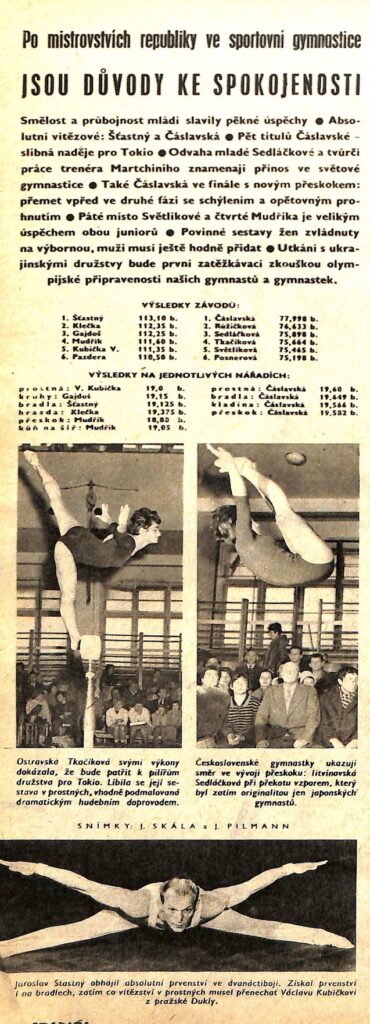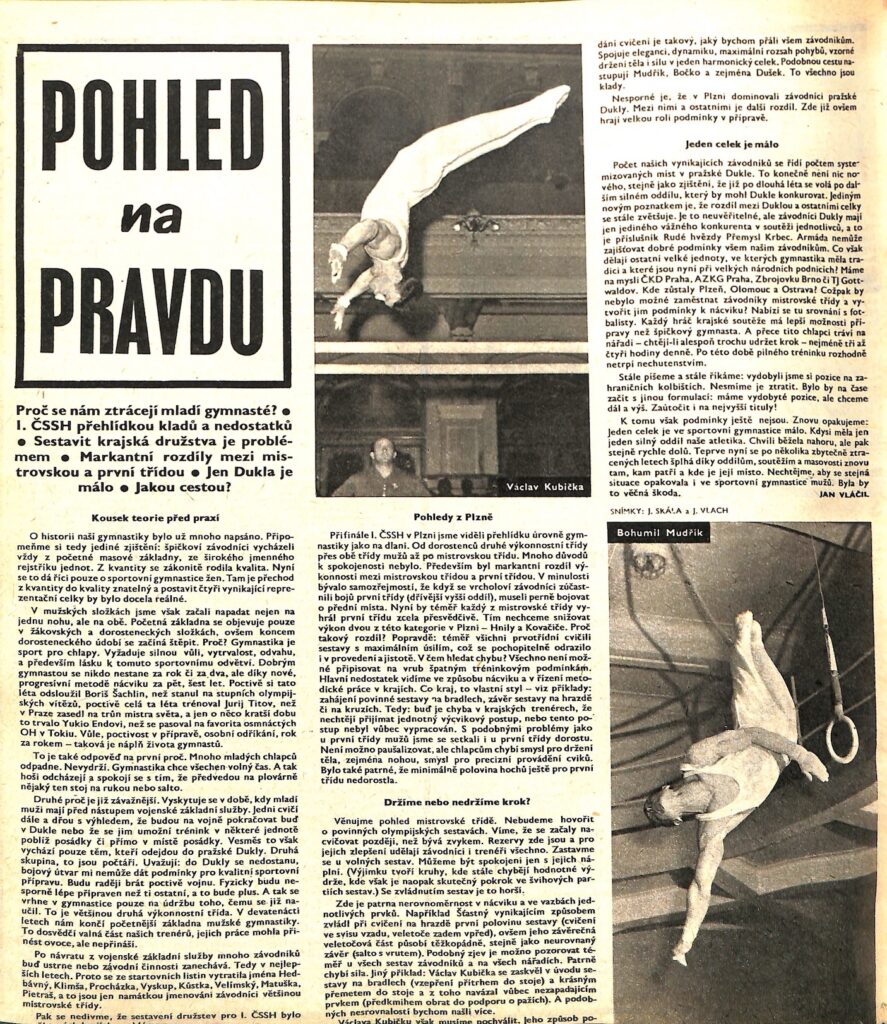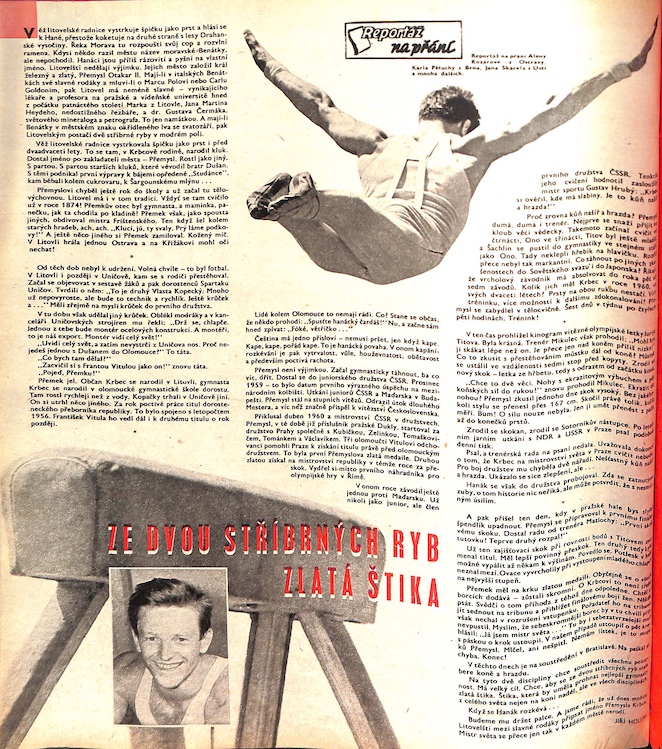By 1967, Miroslav Cerar had been a major player on the international gymnastics scene for nearly a decade. His first major international competition was the 1958 World Championships in Moscow, where he finished thirteenth in the all-around and third on pommel horse. He was 18 at the time, and as the 1960s progressed, he watched as many of his fellow competitors retired from the sport. In 1967, he was the last of the men’s artistic medalists from the 1958 World Championships to continue competing.
What follows is a translation of an interview that ran in Stadión, a weekly Czechoslovak sports magazine.
Note: The Mohicans were an indigenous tribe from the area that the present-day United States occupy. The title of this article comes from James Fenimore Cooper’s 1826 novel by the same name, the last line of which is, “I have lived to see the last warrior of the wise race of the Mohicans,” referring to Chingachgook. Nowadays, the phrase “the last of the Mohicans” refers to the last survivor of a noble race. I recognize that it’s problematic to call a white European the “last of the Mohicans,” but I can’t go back and change the title of the piece.

